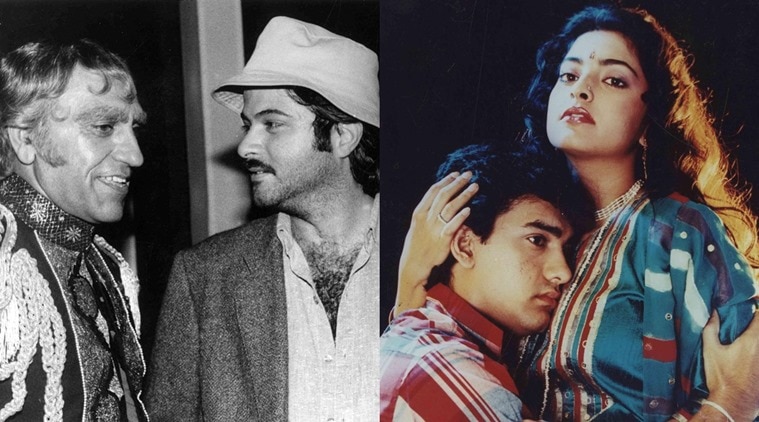
The British East India Company’s forceful annexation of Oudh and deposition of its last king in 1856 helped to precipitate the outbreak, the following year, of widespread rebellion against their rule.Īs the credits roll, we see the child Ameeran (Umme Farwa), a middle-class Muslim girl of Faizabad, being adorned, at roughly age twelve, for her engagement ceremony while women sing a traditional song. Their capital became renowned for the refinement and exaggerated elegance of its Persianized Urdu, as well as for the decadence of its lifestyle, which revolved around the Nawab’s court and the prostitutes’ chowk. After the cultural and economic decline of Delhi, many poets and artists moved eastward, seeking the patronage of the heterodox Shi’ite Muslim rulers of Oudh. Awadh), which broke away from the crumbling Mughal Empire in the mid-eighteenth century. The setting is Lucknow, capital of the northeastern kingdom of Oudh (a.k.a. It thus invites comparison with Kamal Amrohi’s PAKEEZAH (1971), which explores some of the same themes in a more allegorical register. It also conveys some of Ruswa’s surprisingly radical subtext: his meditation on the plight of upper-class women, whether begums (respectable but housebound wives) or tawayafs (alluring and educated but socially-disapproved courtesans), as birds equally caged by patriarchal double standards. Nevertheless, Ali’s film is lovely in its own right, and apart from offering fine performances by renowned actors and gorgeous songs and dances, it succeeds remarkably well in capturing (through lovely cinematography and accurate period sets) much of the atmosphere of the novel, which both celebrates and problematizes the world of the chowk-the prostitute’s quarter of old Lucknow. The chronology of events is drastically altered as well, and of course a great deal is omitted. Where the literary Umrao admits to “never having really loved a man,” the cinematic Umrao has one great and lingering romance.

Where the novel’s heroine is said to be plain, though blessed with a good voice and sharp mind, the film’s is…well, Rekha, here further endowed with the voice of Asha Bhosle singing ghazals that have all become famous.

Whereas Ruswa interwove his fictional memoir of a 19th century tawayaf (courtesan or public woman) of Lucknow with a lively dialogic frame-narrative, in which the courtesan and author, both grown old, reminisce, tease one another, and quote copious ghazal poetry, the director presents a linear account of Umrao’s early life from childhood on, ending soon after the Rebellion of 1857 (a.k.a., the “Sepoy Mutiny”). Muzaffar Ali’s adaptation of the first great modern Urdu novel, Umrao Jan Ada by Mirza Ruswa (1905), makes cinematic adjustments and compromises, but is a gem all the same. Screenplay and dialogue: Shama Zaidi, Javed Siddiqui, Muzaffar Ali Lyrics: Shahryar Music: KhayyamĬhoreography: Kumudini Lakhia, Gopi Krishna Cameraman: Pravin Bhatt Based on the novel by Mirza Muhammad Hadi Ruswa


 0 kommentar(er)
0 kommentar(er)
